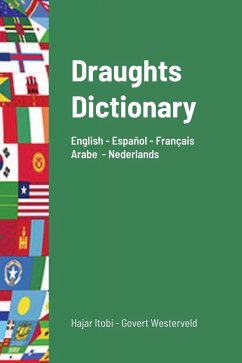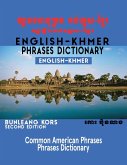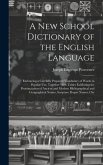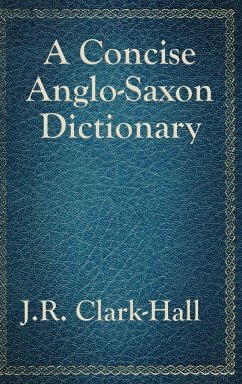In the atmosphere of wisdom and knowledge the game of Alquerque of Twelve was transformed into the game of Marro de Punta in the fifteenth century. The transformation was completed in 1495 with the introduction of a new powerful lady (domina) and the change of the game of Andarraya, as we observe in the Latin dictionary (1495) of Antonio de Nebrija and the first chess book written by Francesch Vicent and printed in Valencia in 1495 (now lost). The latter book must have contained a diagram of the first beginning position of the draughts game, as we observe in the two manuscripts of this book found in Perugia and Cesena dated around 1500. With the expulsion of the Jews in 1492 and by the conquest of the New World and other countries the Spanish seamen introduced the game of draughts in many countries. We still come across Spanish draughts terms in the Philippines where they still use the word "eat" to capture pieces just as they use "comer" in Spain. This is only a small part of our contribution to the history of chess and draughts, but we think that it will be clear to future researchers that the history of chess cannot be forgotten when we speak about the origin of draughts. We hope that this draughts dictionary, written as a continuation of J.F. Moser's (1976) work will clarify unknown expressions.
Hinweis: Dieser Artikel kann nur an eine deutsche Lieferadresse ausgeliefert werden.
Hinweis: Dieser Artikel kann nur an eine deutsche Lieferadresse ausgeliefert werden.








